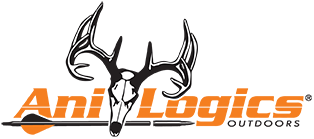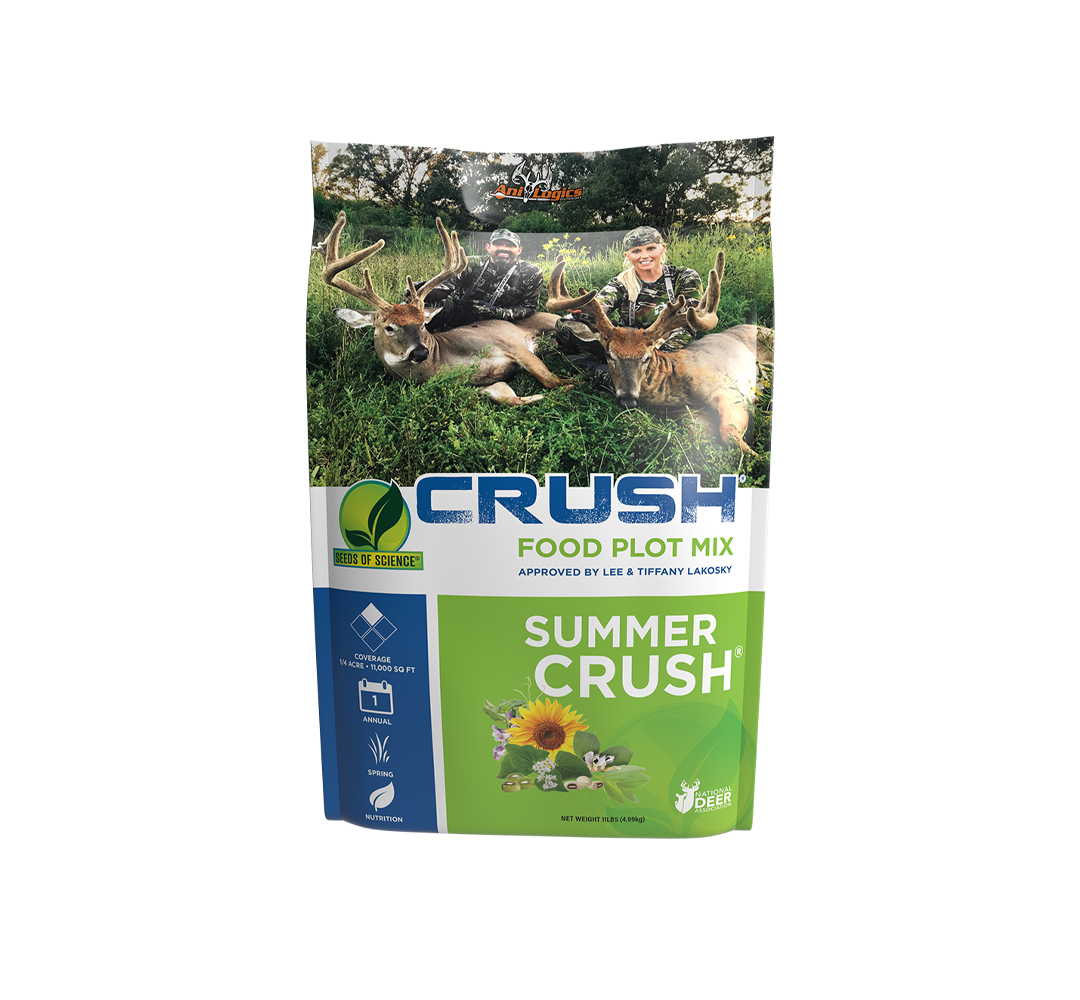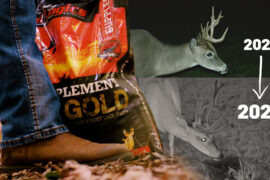How to Score A Buck
I constantly see hunters post a pic of their buck on social media saying “can you score this for me?” I’m thinking in my head: “You have the rack why don’t you score it yourself?” Then I realize there are a still a lot a people that don’t know how to properly score a buck. Once you do it a few times, you will see how easy it really is. There are really only 4 types of measurements you need to take in order to score your buck: beam length, spread, tine length, and circumference of beams. All measurements are recorded to the nearest 1/8 of an inch, so 5.5 inches should be recorded as 5 & 4/8 inches. Accuracy is best accomplished using a flexible tape measure. I like using one that only has 1/8ths on it so it’s easier to read, and also one that the starting end is the actual starting point (no space before 0 on the tape).
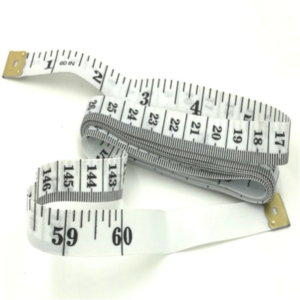
There is an easy to fill out score sheet from Boone and Crockett club to determine score of your buck. You can click here for a link to the PDF of that sheet:
For some silly reason, the Boone and Crocket club wants you count the number of points (A) as well as measure the tip to tip spread and the greatest spread (B & C on score sheet) even though these do NOT count toward the final score!
Also, if you are only interested in gross score, simply do not subtract column 3 from the score, and add the length of abnormal points. This is referred to as the “Give them what God gave them scoring method” AKA the “Nets are for fishing” way of scoring.
Here are the steps:
- Measure the Inside Spread
When measuring the inside spread (D), make sure you do not have the tape at an angle. It must be perpendicular to the direction the nose is facing at the widest point inside the main beams. If the spread is longer than the length of the longest main beam, then use that beam length as the “spread credit.”
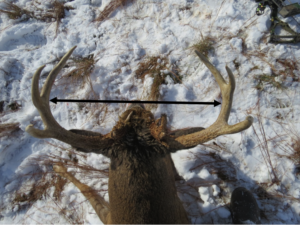 2. Measure the Length of Main Beams
2. Measure the Length of Main Beams
For the main beam (F), start your tape on the top of the bur on the outside edge (see arrow below).

Follow the outside of the main beam all the way to the tip.
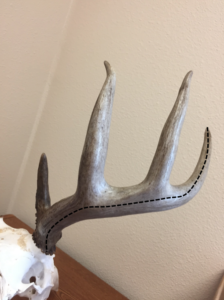 3. Measure the Length of Tines (Gs)
3. Measure the Length of Tines (Gs)
For the length of each point, draw a straight line across the top of the main beam and that is where the point begins. For the G-1 aka the brow tine, measure from the front (see below).
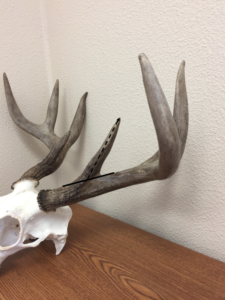
If any tine splits, follow the dominant branch for the tine length, and the other end of the split will be considered an abnormal point (E).
 4. Measure the circumference of the beams (Hs)
4. Measure the circumference of the beams (Hs)
No matter how many points the rack has, you must take 4 circumference measurements per side. Start by measuring the smallest circumference between the bur and the first point (H-1). The next measurement is between the 1st and second point (H-2). Continue in this fashion until you have 4 mass measurements per side. If the rack has 8 points (4 per side), the 4th mass measurement is taken from halfway between the last point (G-3) and the tip of the main beam. If the rack only has 3 points on a side, you take the last mass measurement and record it twice so that you have 4 mass measurements per side.
Add up numbers 1 thru 4 and you have the score. If you want net typical score then subtract the side to side differences as well as the abnormal points.
If you would like to have your antlers officially scored, visit the Boone and Crockett website for a listing of official scorers near you. Next time someone asks you to “score this for me” feel free to send them a link to this blog.
– Tim Neuman, Wildlife Biologist
Your Cart
Categories
- Attractants 26
- CWD 1
- Deer Management 62
- EHD 3
- Food Plots 17
- Hunting 85
- Land Management 17
- Minerals 28
- Shed Hunting 4
- Supplements 36
- Turkey Hunting 6
Browse Tags
Products
-
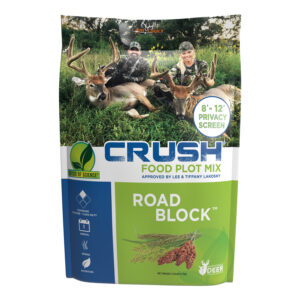 CRUSH Road Block
$29.99
CRUSH Road Block
$29.99 -
-
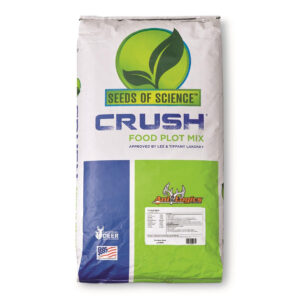 CRUSH Pro Bean Blend
$139.99
CRUSH Pro Bean Blend
$139.99 -
-
 Ani-Shield Base Mix
$59.99
Ani-Shield Base Mix
$59.99 -
-
 Mineral Dirt 180 - 20lb
$34.99
Mineral Dirt 180 - 20lb
$34.99 -
